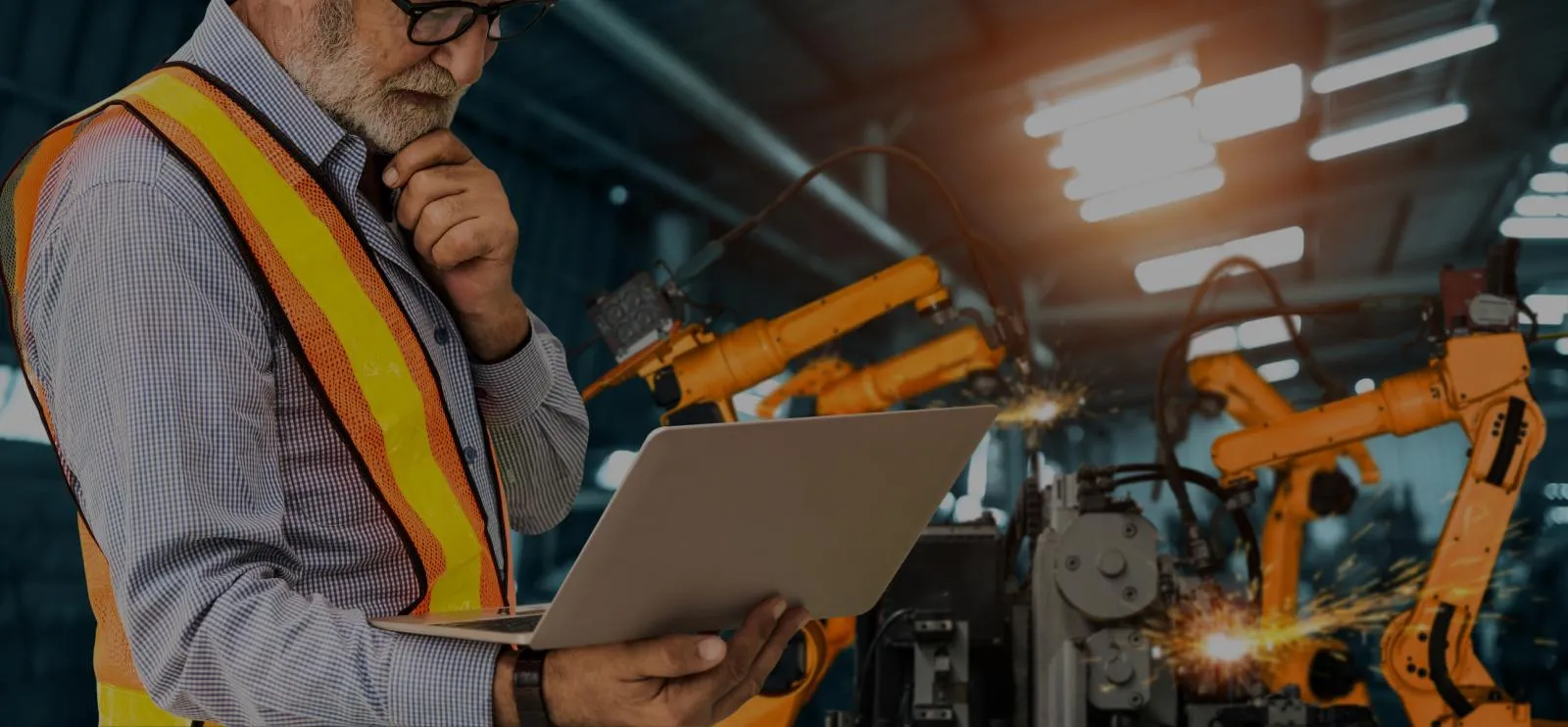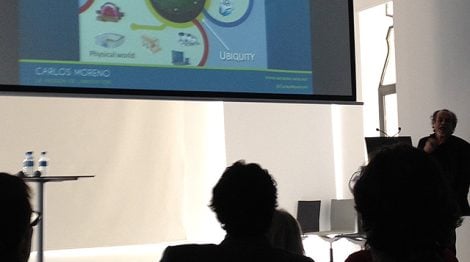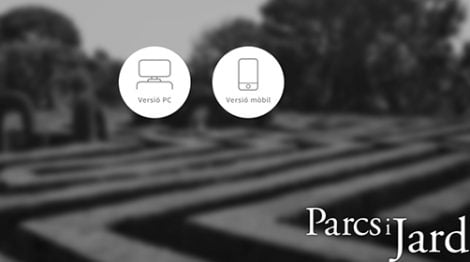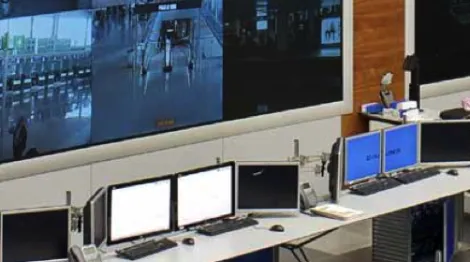Maintenance Optimization: Management of Work Orders and Technical Teams
To optimize is to look for the best way to carry out an activity. If we take this concept and apply it to the area of maintenance, we could say that optimizing maintenance consists of determining all ...


To optimize is to look for the best way to carry out an activity. If we take this concept and apply it to the area of maintenance, we could say that optimizing maintenance consists of determining all the essential tasks to minimize downtime and equipment failure, all this with the lowest possible cost.
Thus, maintenance optimization consists of performing maintenance tasks so that systems are used more effectively, always combining it with production. These maintenance tasks can be applied through the combination of different maintenance strategies such as preventive, condition-based or predictive.
In a factory, typically you want to produce as much as possible with the least possible downtime and, within this premise, you have to plan maintenance tasks to prevent a breakdown in the machines and stop manufacturing. Therefore, it is essential to have efficient planning that allows us to have a global and contextualized vision of what is happening in our plant in order to determine the best time to perform maintenance. This planning allows us to optimize production downtime.
How to Optimize Maintenance in Work Orders
The first step to improve maintenance is to define preventive work, which consists of performing actions that prevent breakdowns and decrease the probability of an asset failing. In this way, unforeseen breakdowns are avoided and therefore more costly and the life cycle of the asset is extended.
Preventive maintenance is regular and planned maintenance based on time, use or reading of field counters. In order to define and plan a preventive maintenance plan, a study of the state of the assets must first be carried out in order to determine which is the best plan. Generally, the following points are taken into account:
- Previous maintenance.
- Manuals, documentation and regulatory/legal requirements.
- Equipment priority.
- Available personnel and specialization.
- Available budget.
- Etc.
Once the maintenance plan has been carried out, it is important to analyze the results and monitor the operation of the equipment to confirm that the maintenance plan is effective, and improve it if necessary.
Finally, our EAM software can generate your periodic maintenance based on time, from meter readings or deviations of field variables. Additionally, it has different planners, which allow planning and scheduling the different maintenance works that have to be carried out on the assets, in a visual way that facilitates the understanding and organization of the work orders.
Industrial Maintenance Planning
There are several types of planners:
- Planner by employee – visual planning of work orders according to the workload of field technicians. It allows planning based on an hourly planning of the work orders or performing a sequential planning, where the time at which the work order is executed is not so important but the order in which they must be executed.
- Planner on assets – has a graphic planner to consult and schedule the maintenance activities of any asset in a given period. The requested and approved production stops are graphically displayed to implement effective communication between operations and maintenance. In this way, the scheduled activities will perfectly fit the production plan, which in turn can be adapted to the planning of everything necessary for the execution.
- Shutdown planning – For a production shutdown, it allows organizing multiple maintenance activities that require many workers working simultaneously in multiple areas. Unlike the planner on assets, this planning is carried out as if it were a project, on a Gantt chart and applying a sequencing of the tasks to be carried out.
- Long Term Asset Planning (LTAP) – allows you to create a long-term budget that includes what is necessary to extend the useful life of assets, renew them and replace them. Based on costs and the conditions in which they are.

Functionalities for Effective Industrial Maintenance
In any case, having optimal maintenance is not only having a good preventive maintenance plan, but there are more functionalities that help to perform maintenance effectively.
Within the maintenance process, there are several types of user profiles, each with a different function. For example: the operators, or the end customer, are the ones who work with the assets and are responsible for opening the maintenance requests. All these maintenance requests must be analyzed, and if appropriate, they have to be planned and scheduled, so that the maintenance team does the task and solves the incident if there is one. This workflow is simply an example since the internal procedures of each organization change in each case.
Ultimo EAM is very flexible, it allows modifying all these status flows to adapt to each internal procedure.
In this way, there is an EAM system that manages the different states that maintenance tasks can have, allowing a more effective, simple and adapted to the needs of the client. management.
Communication between the different agents involved in the process is also very important, which is why it is vitally important to carry out correct management of notifications and alerts to prevent information from being lost.
Within Ultimo, there is a module that enables the possibility of creating customized notifications, so that each user has knowledge of the tasks that are pending or about the progress of certain maintenance operations. You can even add entries of “news” or “frequently asked questions” to increase participation between agents and share knowledge.

Additionally, it is important to have a mobile tool, which facilitates communication between departments and allows saving time in administrative hours. It allows you to process activities from anywhere, without having to return to the workplace when it is necessary to make a record or consult information, for example. It is a very intuitive and simple app that allows you to get the most out of our EAM system.
Ultimo is our EAM/CMMS solution, which allows us to implement all the points discussed in this post and optimize maintenance to the maximum.
If you want to know more, you can expand information or ask us any questions.





